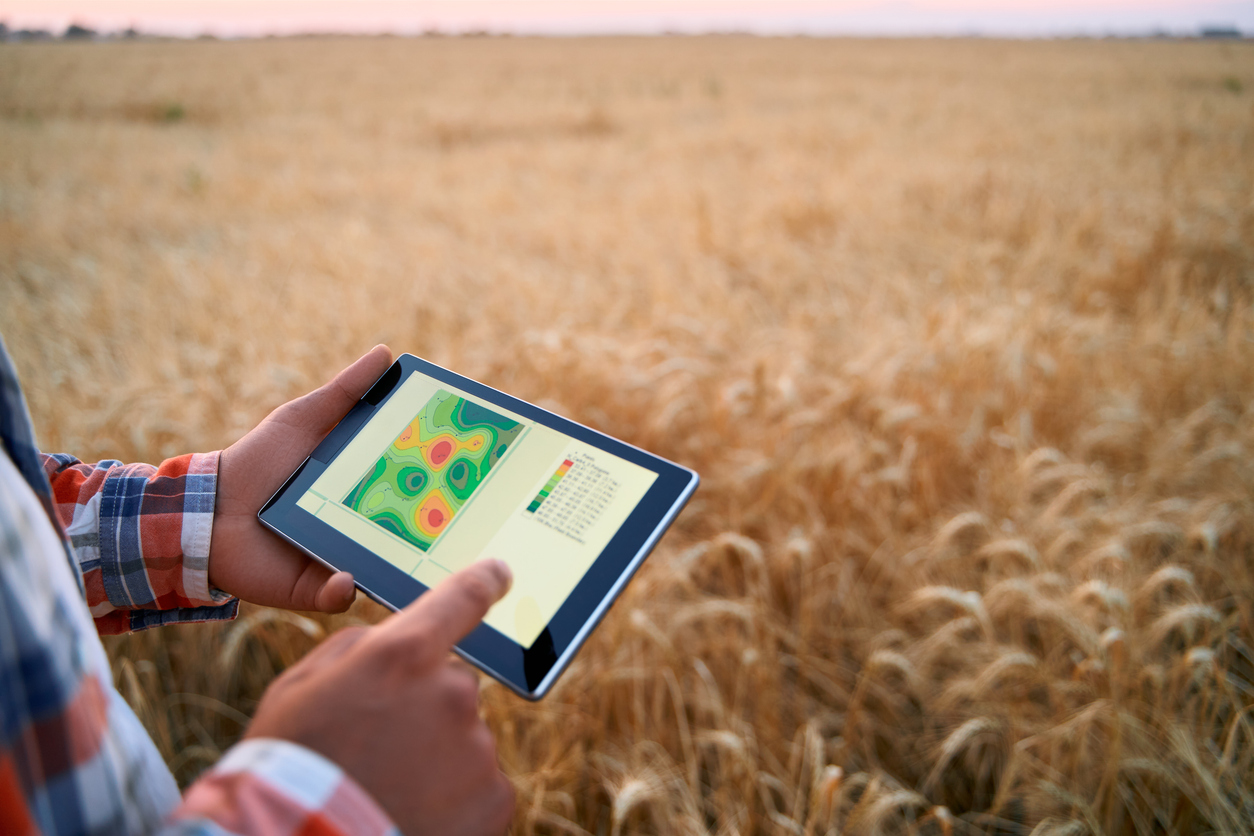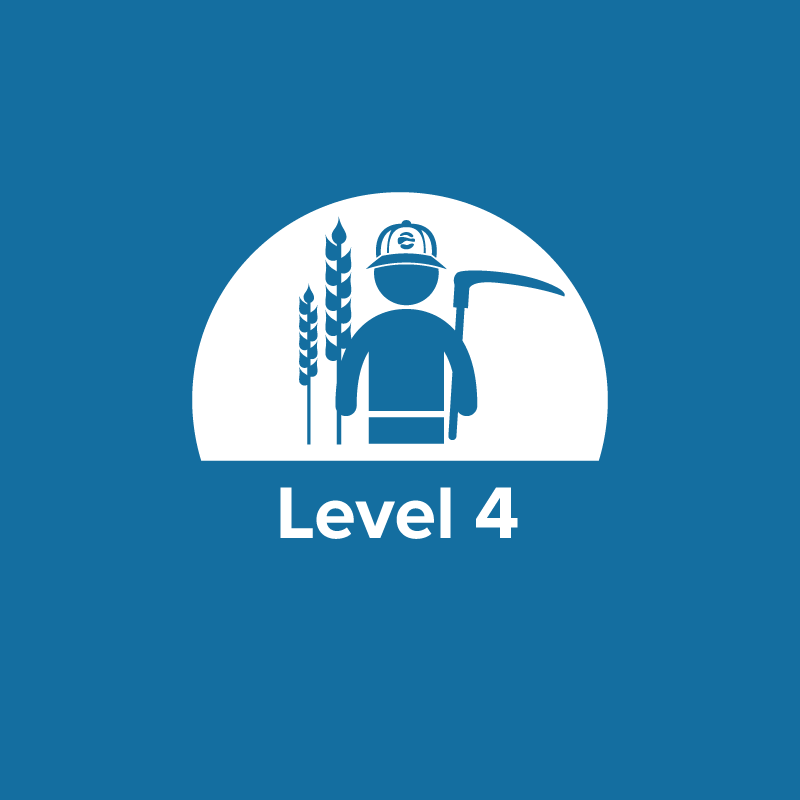A Tail of Two Sheep
Students compare and contrast hair sheep and wool sheep, discover the reasons why farmers raise sheep, and explore ways farmers meet the needs of the sheep they raise.
Students compare and contrast hair sheep and wool sheep, discover the reasons why farmers raise sheep, and explore ways farmers meet the needs of the sheep they raise.
In this lesson students apply their knowledge of physical science to dairy products to determine if the changes that take place when turning milk into cheese, butter, yogurt, ice cream, whip cream and other dairy products, is a physical or chemical change.
Students discover the variety of agricultural careers available and consider their career paths in terms of economics, interests, and suitability to their personal talents and characteristics.
Students identify the source of the food they eat and investigate the processes and people involved in getting food from the farm to their spoon.
Explore protein, discover the role of amino acids, identify dietary sources of complete and incomplete proteins, and make fresh mozzarella cheese—a food science experience where students will observe the protein in milk (whey and casein) separate from water in the creation of cheese.
Students investigate a variety of tree fruits, discover how and where they are grown, and explore their nutritional benefits.

Students discover technologies that are used on farms to increase efficiency and yields and decrease costs and environmental impact.
Students will expand their knowledge of microbial growth and scientific food preservation methods to learn how honey can serve as an antibacterial agent. Students will learn how honey may be used as a preservative of milk in areas without access to electricity or refrigeration and how this preservation method relies on elements found specifically in honey that cannot be replicated with other sources of sugar.

Students will explain why economics are important to sustainability, describe the relationship between a sustainable economy and the environment, develop a model demonstrating how agricultural production creates a ripple effect that impacts local and global economies and social stability, and discuss how investments build an economy.

Students will explain why economics are important to sustainability, describe the relationship between a sustainable economy and the environment, develop a model demonstrating how agricultural production creates a ripple effect that impacts local and global economies and social stability, and discuss how investments build an economy.

Students will explore careers related to agriculture, identify personal interests within agriculture or a related field and discuss how agricultural professionals can impact world food.

Students will explore careers related to agriculture, identify personal interests within agriculture or a related field and discuss how agricultural professionals can impact world food.